Aging Population
The demographic shift towards an aging population is a significant driver of the Tachycardia Market. As individuals age, the risk of developing cardiovascular conditions, including tachycardia, increases. This trend is particularly evident in regions with a growing elderly demographic, where healthcare systems are adapting to meet the needs of older patients. The demand for tachycardia management solutions is likely to rise as healthcare providers focus on addressing the unique challenges associated with aging populations. Additionally, the increasing life expectancy may lead to a higher prevalence of chronic conditions, further fueling the need for effective tachycardia treatments. Consequently, the Tachycardia Market is expected to expand in response to these demographic changes.
Growing Awareness and Education
There is a notable increase in awareness and education regarding heart health, which is influencing the Tachycardia Market. Public health campaigns and educational initiatives are informing individuals about the risks associated with tachycardia and the importance of early detection and management. This heightened awareness is likely to lead to more individuals seeking medical advice and treatment for tachycardia, thereby increasing the demand for related healthcare services and products. Furthermore, healthcare professionals are becoming more adept at recognizing and addressing tachycardia, which may contribute to improved patient outcomes. As a result, the Tachycardia Market is expected to benefit from this trend, as more patients are diagnosed and treated for this condition.
Advancements in Medical Technology
Technological innovations in medical devices and treatment methodologies are propelling the Tachycardia Market forward. The development of advanced monitoring devices, such as wearable ECG monitors and implantable cardioverter-defibrillators, enhances the ability to detect and manage tachycardia effectively. These devices not only improve patient outcomes but also facilitate remote monitoring, which is increasingly favored in contemporary healthcare settings. The market for these technologies is projected to grow, with estimates suggesting a compound annual growth rate that reflects the rising adoption of sophisticated medical solutions. As healthcare providers integrate these advancements into their practices, the Tachycardia Market is poised for substantial expansion, driven by the demand for more efficient and effective treatment options.
Rising Incidence of Cardiovascular Diseases
The increasing prevalence of cardiovascular diseases is a primary driver of the Tachycardia Market. As lifestyle-related factors such as obesity, sedentary behavior, and unhealthy diets contribute to heart conditions, the demand for tachycardia management solutions rises. According to recent statistics, cardiovascular diseases account for a substantial percentage of global mortality, prompting healthcare systems to prioritize effective monitoring and treatment options. This trend is likely to bolster the market for tachycardia-related devices and therapies, as healthcare providers seek to address the growing patient population suffering from these conditions. Consequently, the Tachycardia Market is expected to experience significant growth as innovations in treatment and monitoring technologies emerge to meet the needs of this expanding demographic.
Regulatory Support and Reimbursement Policies
Supportive regulatory frameworks and favorable reimbursement policies are contributing to the growth of the Tachycardia Market. Governments and health authorities are increasingly recognizing the importance of managing cardiovascular diseases, leading to the establishment of guidelines and policies that promote the use of tachycardia treatments. These regulations often facilitate easier access to innovative therapies and devices, encouraging healthcare providers to adopt new technologies. Furthermore, favorable reimbursement policies can alleviate the financial burden on patients, making tachycardia management more accessible. As a result, the Tachycardia Market is likely to benefit from these supportive measures, which may enhance the adoption of advanced treatment options and improve patient care.


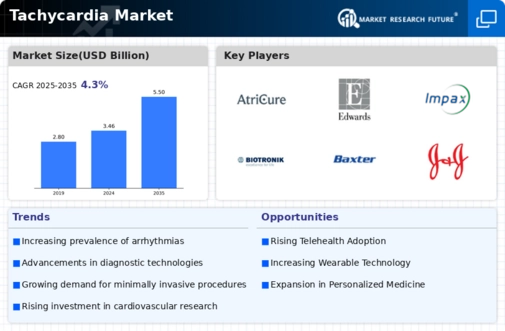
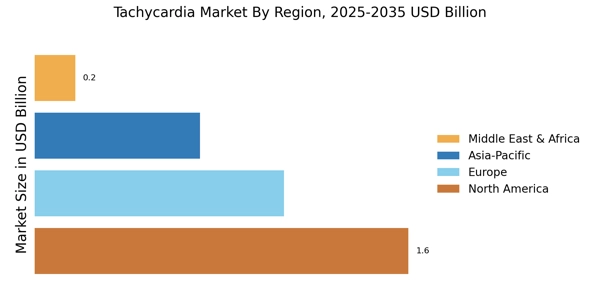
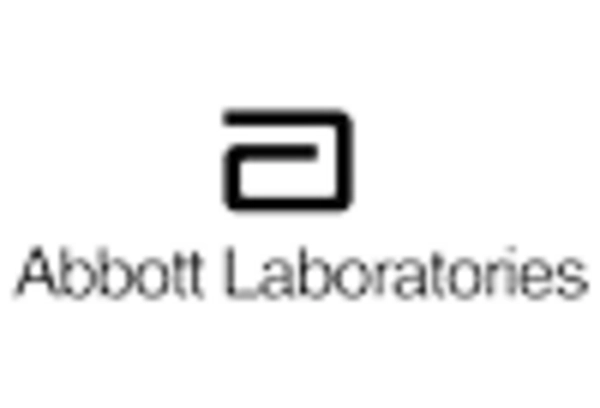
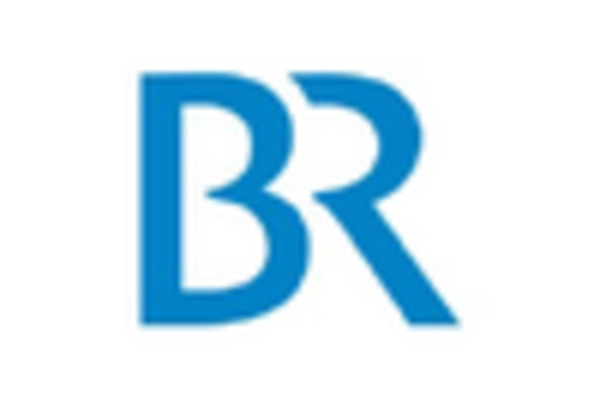
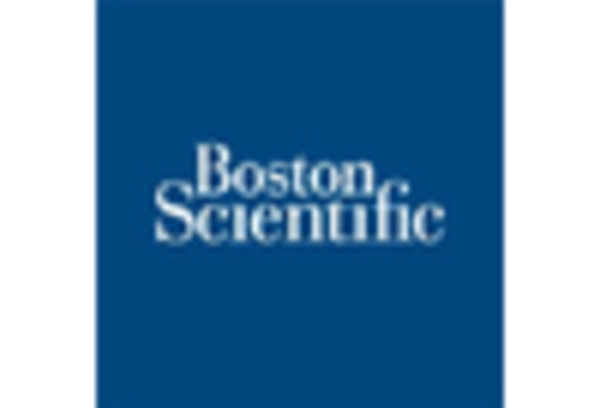
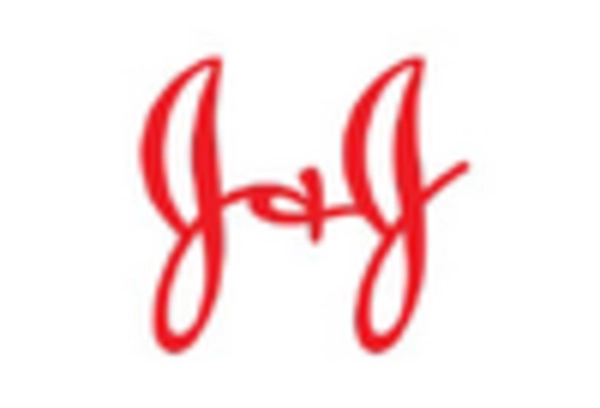
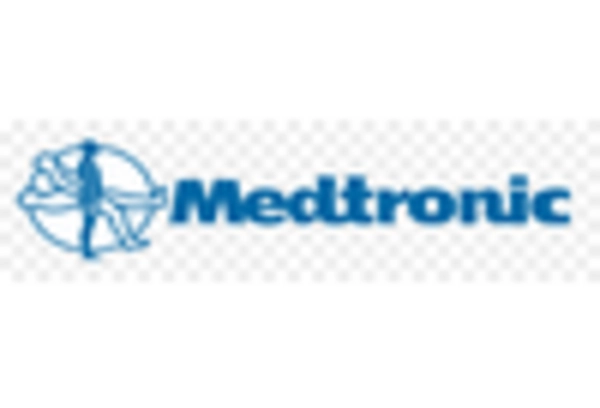
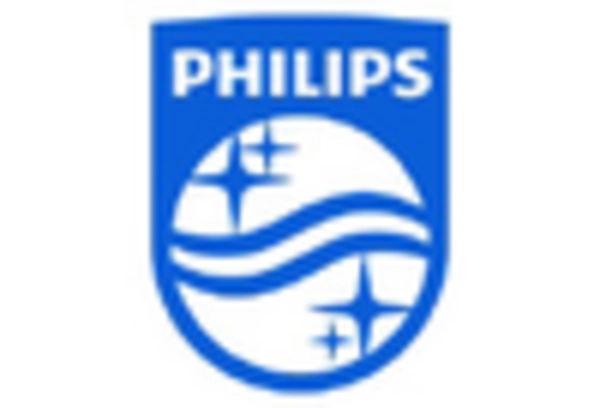








Leave a Comment